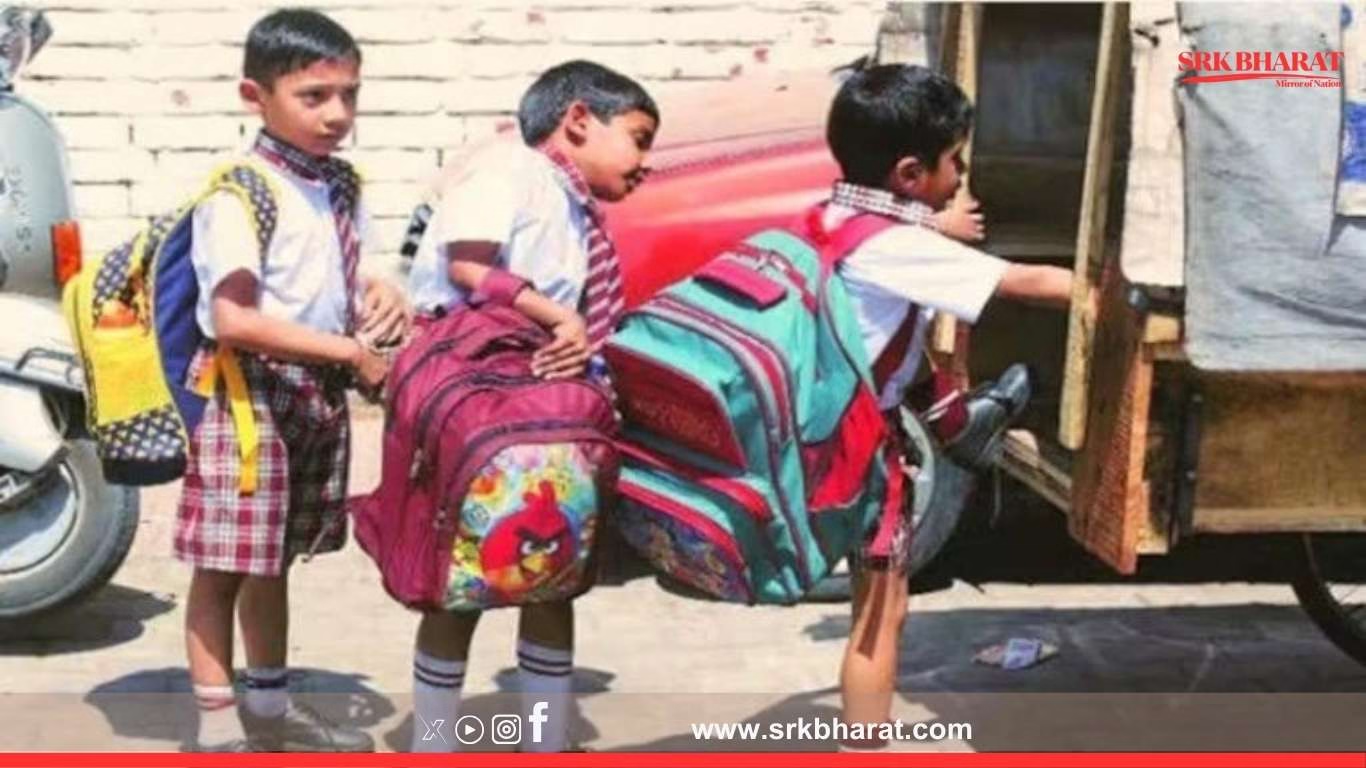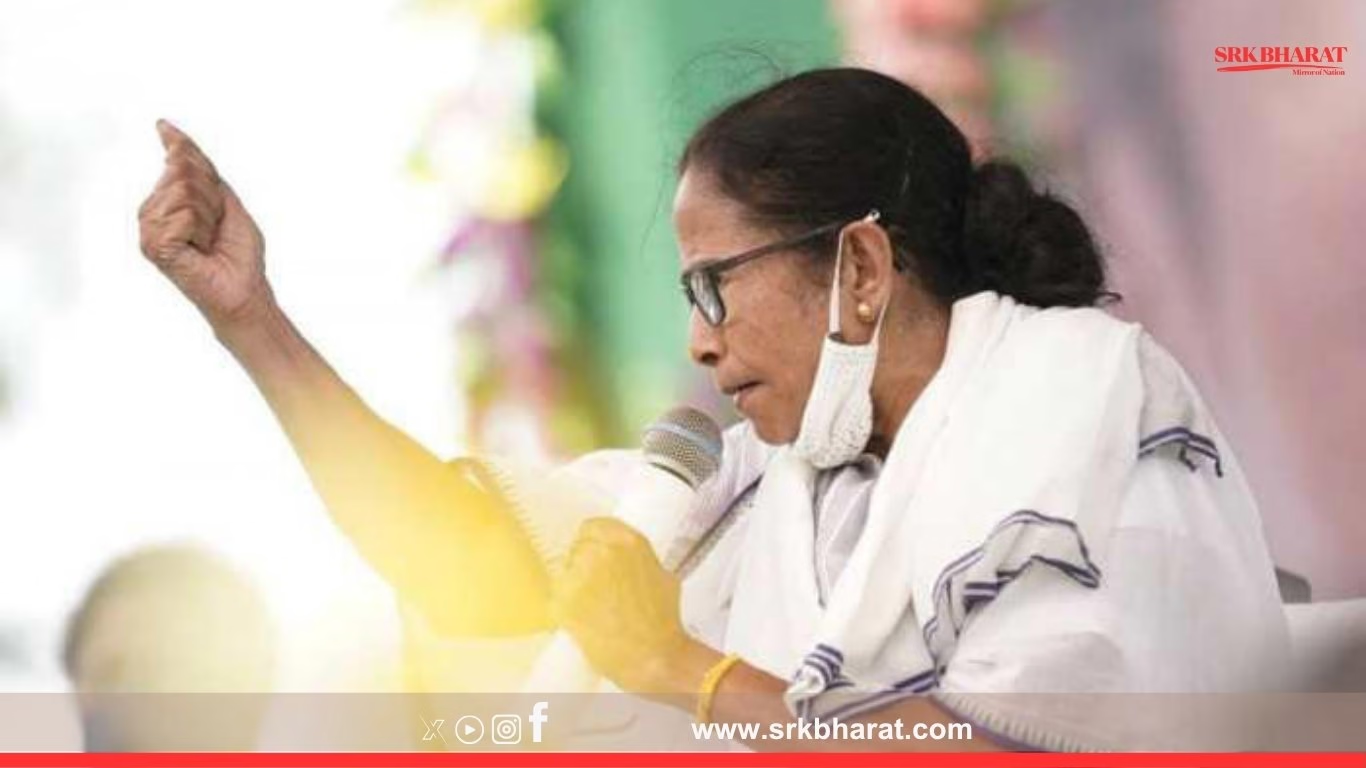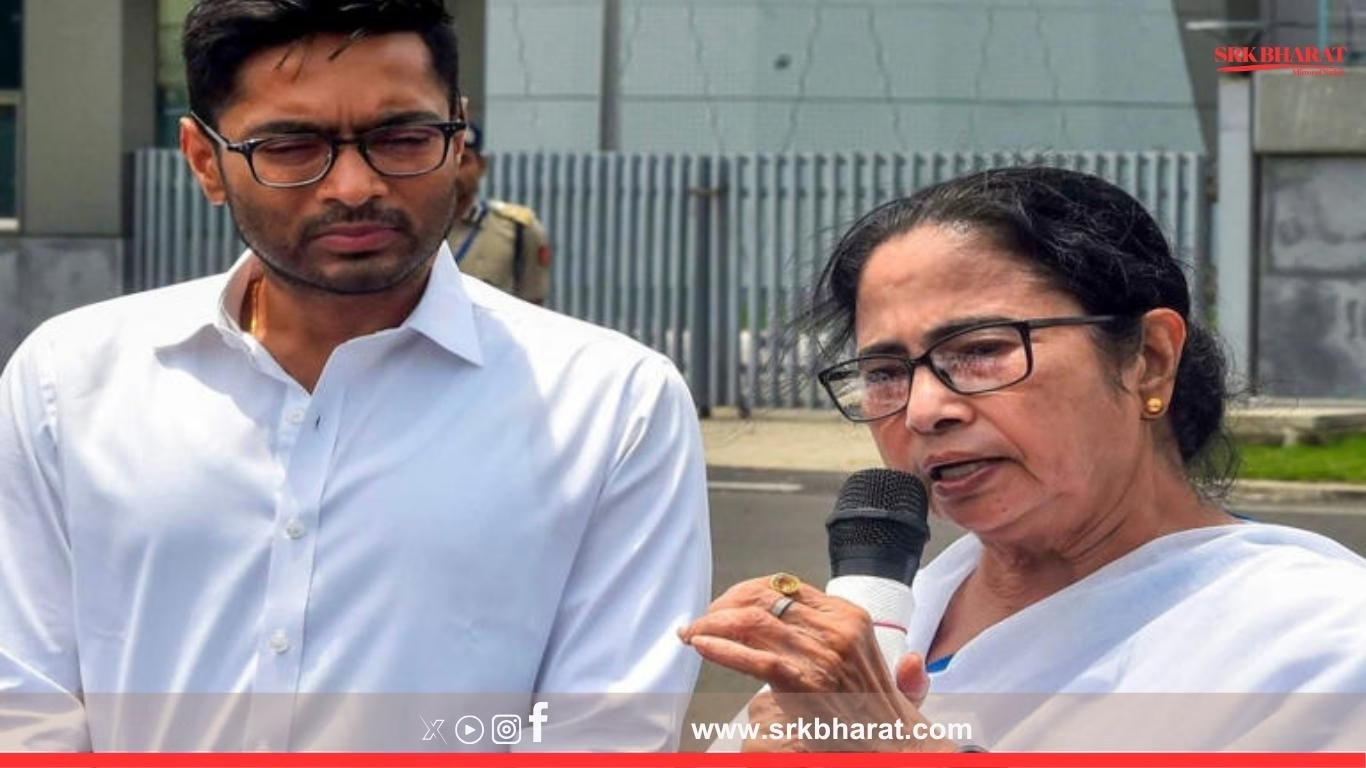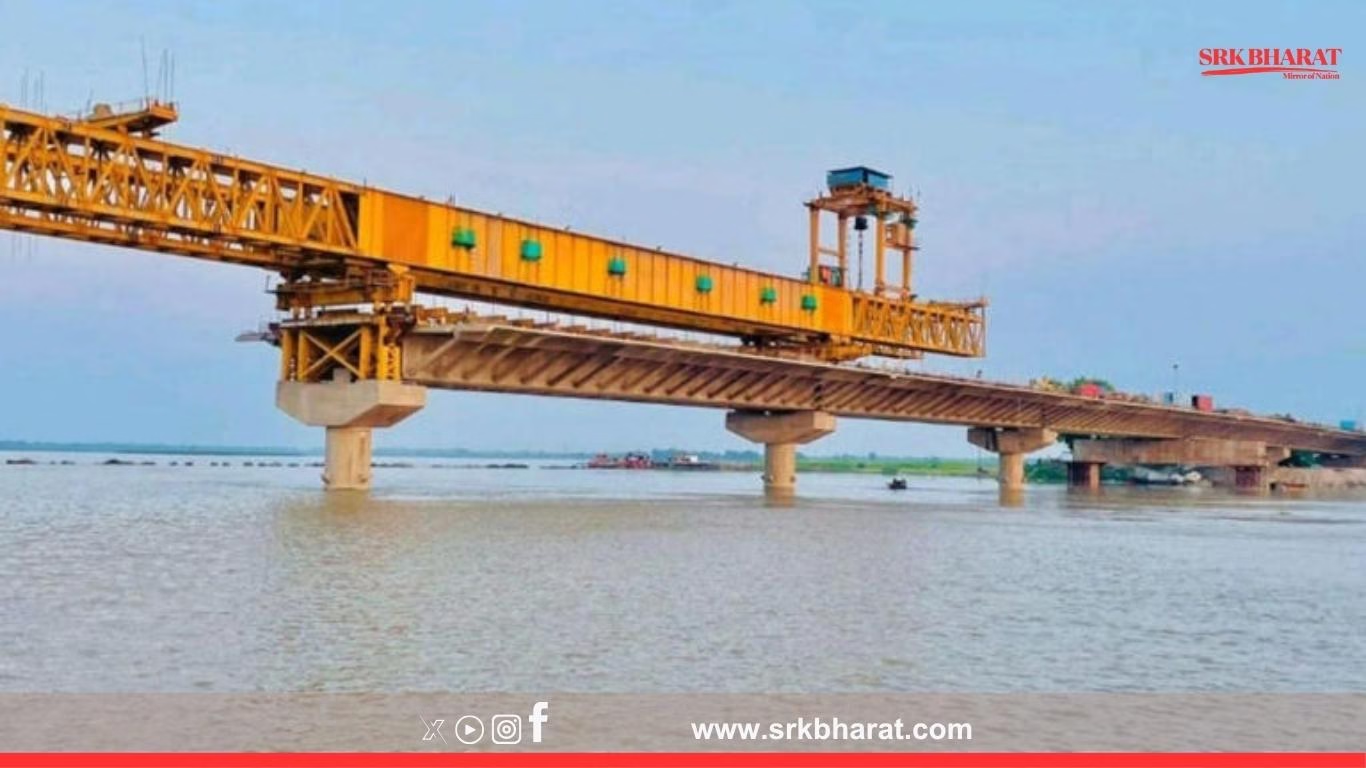In a significant move aimed at promoting school attendance among rural and underprivileged children, the Uttar Pradesh government has announced a yearly travel allowance of Rs 6,000 for students whose schools are located more than five kilometres away from their residence. The decision was finalised during a cabinet meeting chaired by Chief Minister Yogi Adityanath, reflecting the state’s continued focus on strengthening primary and secondary education infrastructure under the ‘School Chalo Abhiyan’.
What Is The Travel Allowance Scheme?
Under this scheme, students enrolled in government and aided schools in Classes 1 to 12 who have to travel over 5 km daily to attend school will receive Rs 6,000 per annum as financial assistance. The funds will be transferred directly to the students’ bank accounts under the Direct Benefit Transfer (DBT) mode.
Key Features Of The Travel Allowance Initiative
- Eligibility: Students from Class 1 to Class 12 studying in government and aided schools.
- Distance Criteria: Residence must be located more than 5 km from school premises.
- Annual Benefit: Rs 6,000 per year per student.
- Transfer Mode: Direct Benefit Transfer to bank-linked student or parent accounts.
- Objective: To reduce school dropouts, improve attendance, and incentivise education among economically weaker households.
Why Was This Scheme Launched?
The decision comes against the backdrop of:
- High dropout rates among rural students, especially girls, due to lack of safe, affordable, and accessible transport facilities.
- Low attendance in upper primary and secondary classes where schools are situated at greater distances from villages.
- Parental hesitation in sending children, particularly daughters, to faraway schools due to safety and cost concerns.
Government’s Official Statement
Speaking to the media after the cabinet meeting, Basic Education Minister Sandeep Singh stated:
“This allowance will remove one of the major barriers to education in rural Uttar Pradesh. It will empower lakhs of students, especially girls, to continue schooling without financial stress on their families.”
Potential Beneficiaries
Initial estimates from the Education Department indicate that over 25 lakh students across Uttar Pradesh are likely to benefit from this scheme in the first year itself, with numbers expected to rise as enrolments increase under the government’s education campaigns.
District-Wise Tentative Beneficiary Distribution
| District | Estimated Students Eligible |
|---|---|
| Varanasi | 42,000 |
| Prayagraj | 57,000 |
| Gorakhpur | 68,000 |
| Bareilly | 51,000 |
| Lucknow | 38,000 |
| Agra | 46,000 |
| Other Districts Combined | 18,98,000 |
(Note: Figures are indicative, based on preliminary district enrolment and distance mapping data.)
How Will The Allowance Help Students?
1. Improved Attendance
Financial assistance reduces dependence on unsafe, informal transport or long walks, ensuring regular attendance, punctuality, and reduced fatigue among students.
2. Empowerment Of Girls
For many families hesitant to send girls to faraway schools, the allowance enables pooling resources for safer transport, contributing to higher female literacy and reduced early dropouts.
3. Encouragement For Secondary Education
Many students discontinue after Class 8 due to distance. The scheme supports continuation into high school and intermediate education, directly impacting the state’s Gross Enrolment Ratio (GER).
4. Economic Relief For Poor Families
Families spending Rs 500-800 monthly on local transport per child will find substantial relief, making education affordable and sustainable.
Educationists And Activists React
Prof. Ravi Prakash, education policy analyst, observed:
“This is a practical intervention targeting a real barrier to schooling in rural India. However, its success will depend on timely disbursement and ensuring schools update eligible student data systematically.”
Rukhsana Ansari, social worker from Bahraich, noted:
“For girls who walk 3-4 km each way, extending the distance criteria further or providing bicycle subsidies alongside would amplify impact.”
Implementation Challenges
While the policy is widely welcomed, experts highlight potential bottlenecks:
- Accurate distance verification: Ensuring fair identification of beneficiaries through GIS mapping and local verification committees.
- Timely DBT transfers: Past scholarship disbursement delays have limited impact; robust tracking mechanisms are essential.
- Infrastructure support: Availability of safe and reliable local transport, especially in regions with poor road connectivity.
Comparison With Other States’ Initiatives
| State | Transport Assistance Scheme | Benefit Amount |
|---|---|---|
| Bihar | Bicycle Yojana for Class 9-12 girls and boys | One-time Rs 3,000-5,000 for purchasing bicycle |
| Madhya Pradesh | Cycle Scheme for girls | One-time Rs 2,500-4,000 |
| Odisha | Transport cost reimbursement for ST/SC students under certain schemes | Variable |
| Uttar Pradesh | Annual travel allowance for >5 km distance | Rs 6,000 per annum |
Road Ahead For UP Government
The Education Department is expected to roll out:
- Official notification and implementation guidelines within two weeks.
- District-level training sessions for headmasters and block education officers (BEOs) to identify eligible students and update data portals.
- Public awareness campaigns to inform parents about the allowance and required bank linkage procedures.
Broader Educational Context
The travel allowance scheme complements other major education reforms under the Yogi Adityanath government, including:
- Operation Kayakalp for infrastructure upgrades in primary schools.
- Free uniform, bag, and shoe distribution schemes.
- Mission Prerna to improve foundational literacy and numeracy outcomes.
Conclusion
The Uttar Pradesh government’s decision to provide a Rs 6,000 annual travel allowance for students residing over 5 km from schools is a strategic step towards equitable education access. If implemented effectively, it will empower millions of children to continue their schooling journey, reduce dropout rates, and contribute to the state’s broader socio-economic transformation goals under the National Education Policy framework.
Disclaimer: This news content is based on official government announcements, district-level data assessments, and expert opinions. It is intended for informational purposes only and does not constitute financial, legal, or policy implementation advice. Readers are advised to refer to final government notifications for scheme guidelines and eligibility confirmation.











